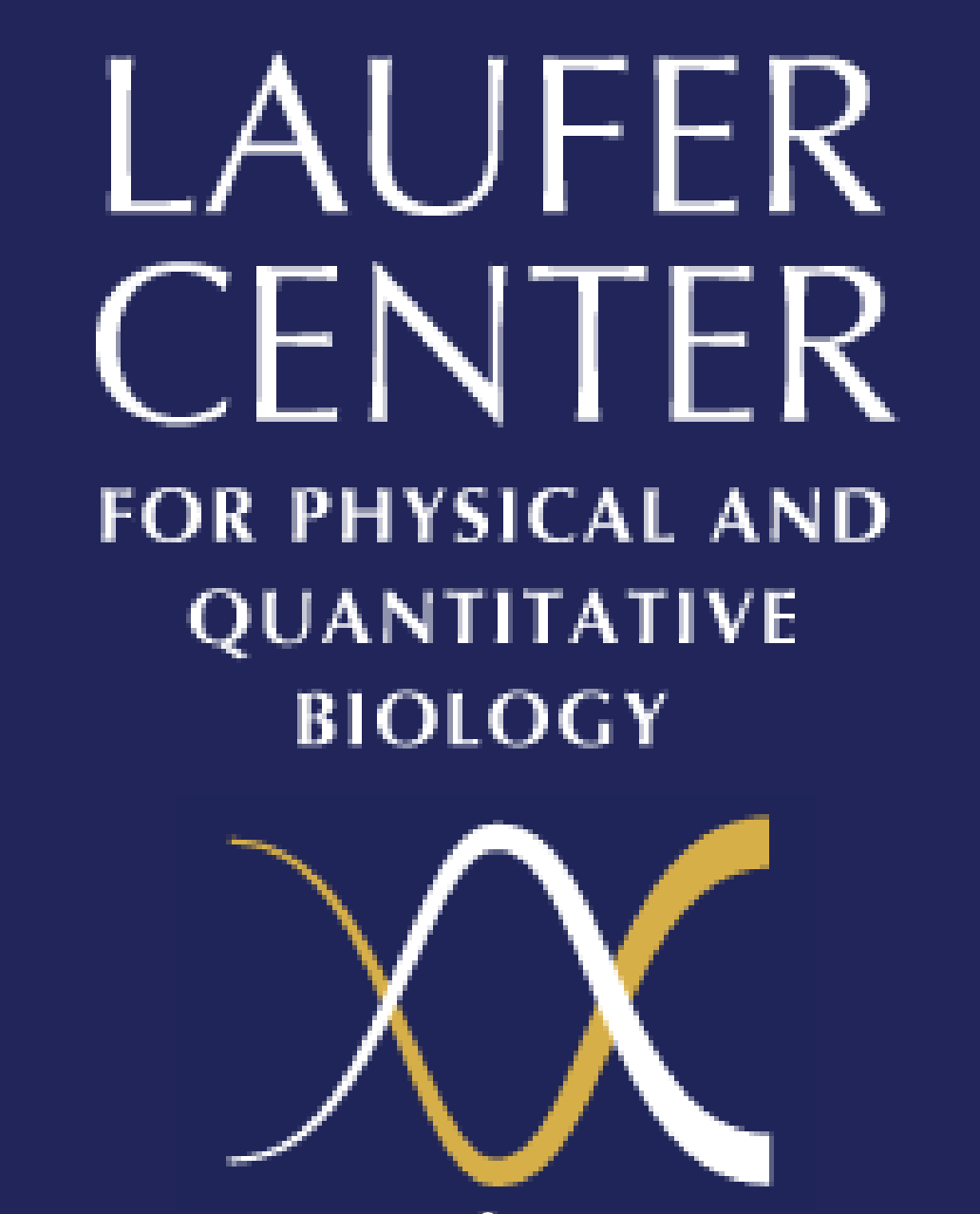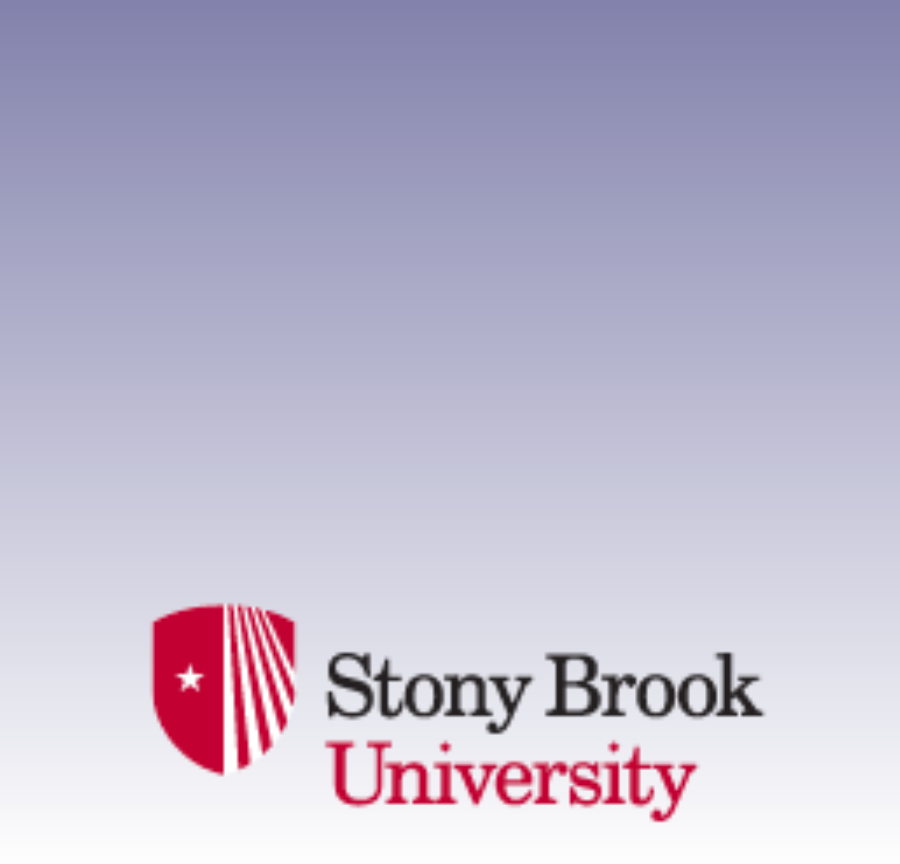Events Calendar
Physics meets biology: Simplicity out of complexity
The physical world seems to be exceedingly complex, yet it is governed by simple, elegant laws of physics and chemistry that can be quantified mathematically. Inspired by the success of quantitative theories in describing the physical world, my research focuses on the application of theoretical analysis and computational modeling, esp. tools and concepts from protein physics, with the goal of discovering organizing principles underlying complex living systems, and implications on medical sciences. In this talk I will focus on two projects done in my lab.
Inflammatory responses of the innate immune system need to be tightly regulated. Excessive inflammation is related to numerous human diseases. Sepsis is such a pathological condition causing more death than prostate cancer, breast cancer, and AIDS combined in US. Priming refers to that repetitive exposure to stimulants results in non-additive augmented cellular responses, especially for immune cells. For example, studies show that sub-threshold low dose of bacterial lipopolysaccharide (LPS, endotoxin), a condition called low grade endotoxemia, may prime (or sensitize) the innate immune system for nonlinearly augmented inflammatory responses under an above-threshold LPS stimulation. I will show how we map to a statistical physics problem, and enumerate all the network topologies that can generate priming, and guide us on analyzing microarray data. Currently we are studying the possible relation between cellular responses and critical phenomenon.
Recent breakthroughs of cell phenotype reprogramming impose theoretical challenge on unraveling the complexity of large circuits maintaining cell phenotypes coupled at many different epigenetic and gene regulation levels, and quantitatively describing the phenotypic transition dynamics. A popular picture proposed by Waddington views cell differentiation as a ball sliding down a landscape with valleys corresponding to different cell types separated by ridges. I will show how we generalize ideas and tools from protein physics and theoretical chemistry to study the fibroblasts-induced pluripotent stem cells-cardiomyocyte reprogramming system. Currently we are building detailed models aiming at providing guidance on accelerating the reprogramming process. Especially if time allowed I will show how we construct a two-layer coupled Potts model, and use techniques such as transfer matrix and mean field approximation to study
histone epigenetic modification.


